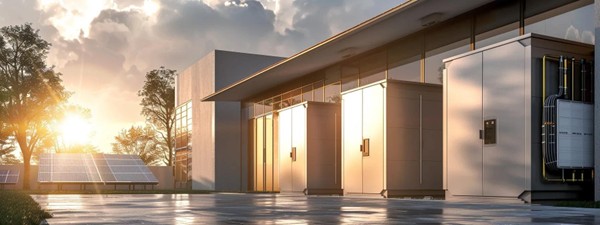In the last decade, the word "sustainable" has become one of the world's most used words in the business world. However, there has been no benchmark for what should actually be called truly sustainable - until now.
On January 1, 2022, the EU taxonomy officially came into force, and its purpose is to define what is sustainable and what requirements are set for properties to achieve a sustainable status. In short, it is a classification system that makes it easier for decision-makers to identify green investments according to clear regulations.
But what does it mean for Swedish companies?
Now, companies bear the burden of proof to substantiate any claim that something is sustainable. This places high demands on both larger and smaller companies in the industries to which they belong (you can read about which industries this applies to in the fact box to the right). Each year, companies must report on sustainability within their operations, including what proportion of the company's turnover goes to sustainable purposes according to the regulations' guidelines.
In addition, the guidelines for how buildings should be classified according to the taxonomy in Sweden have been established. For a building to be interpreted as sustainable, it must belong to the best 15 percent of the national stock expressed as a primary energy number. In this way, investors and property owners can compare the energy performance between different buildings.
If you would like to read about how the real estate industry values the taxonomy at a national level, you can read our news article about it here.
We look forward to investigating how your property is suitable for green energy.













